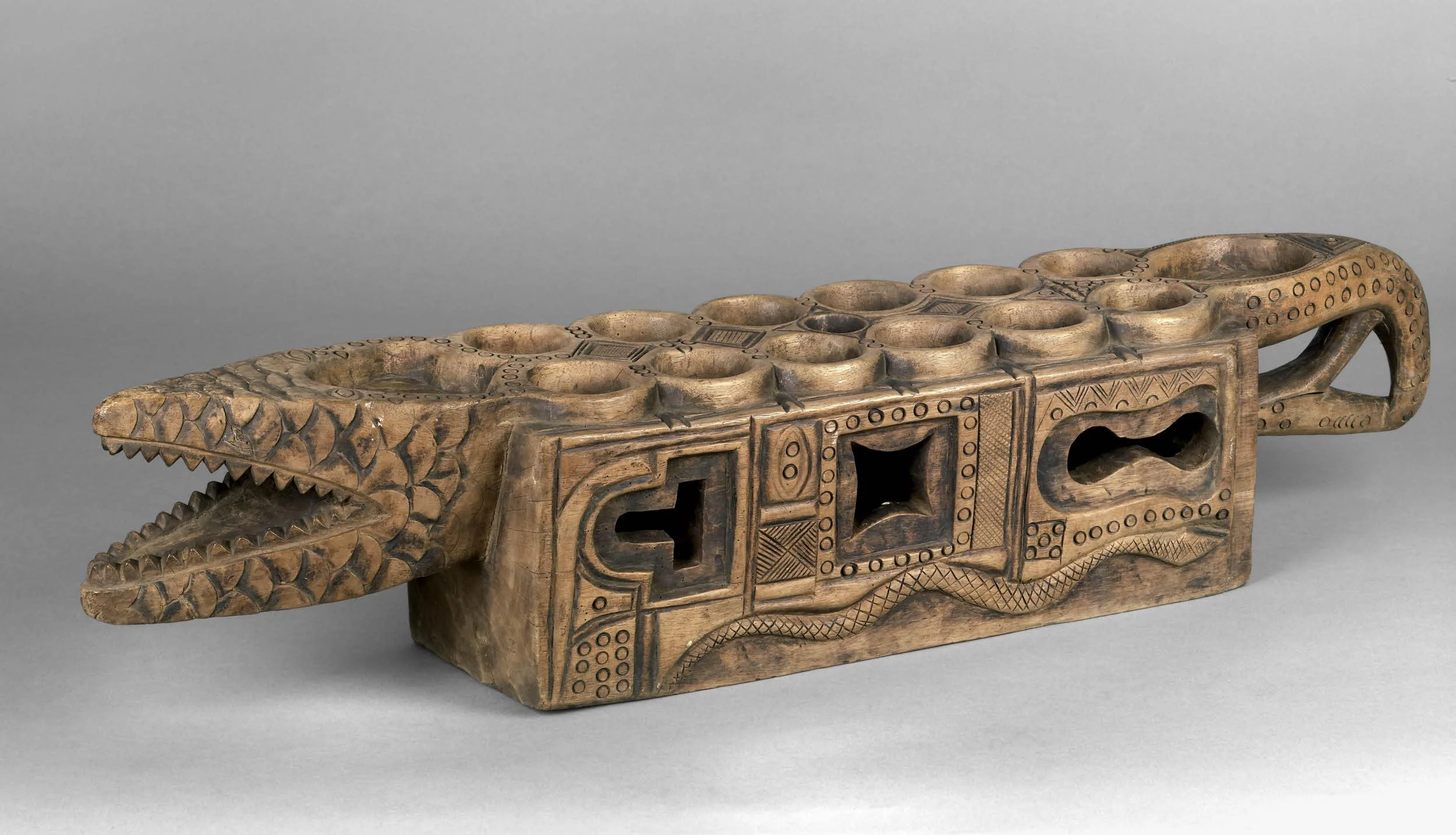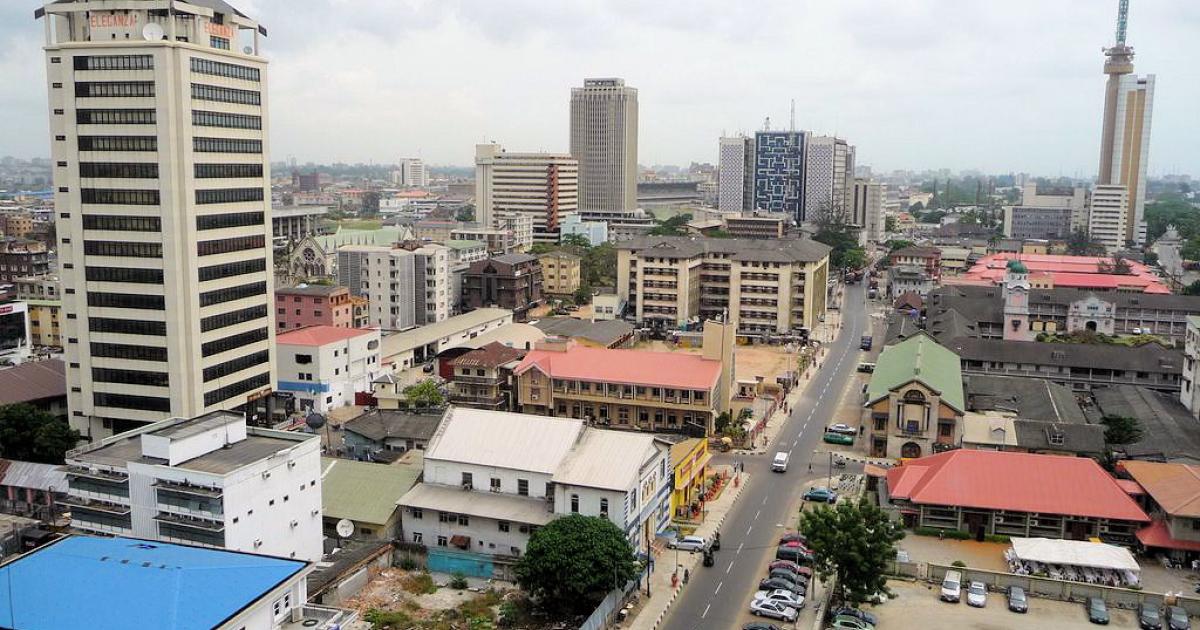Harvesting the Sky: How Africa Is Learning to Drink the Air
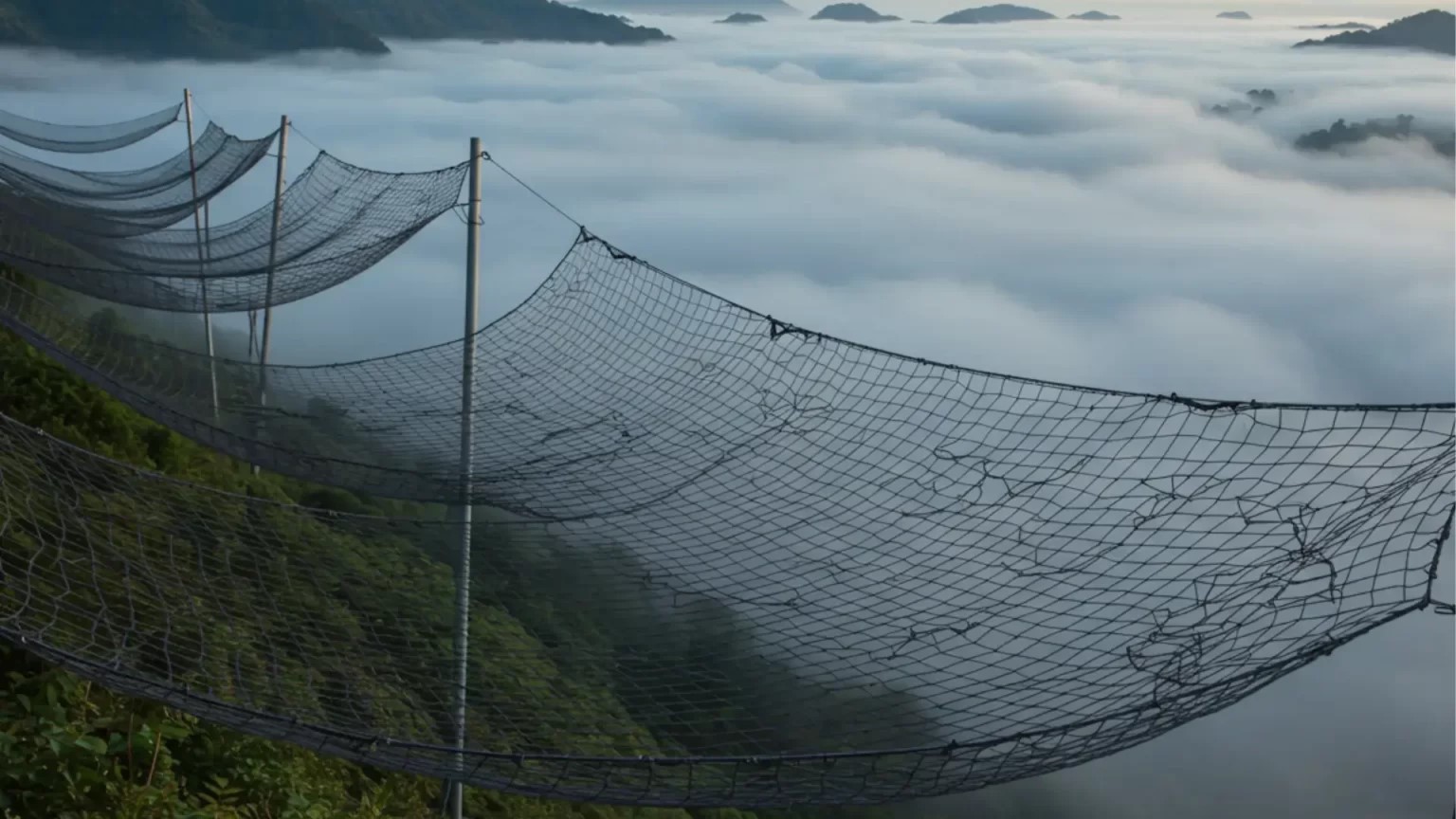
From Drought to Innovation
In Africa’s drylands, water isn’t just something people want, it’s survival. Places like Namibia, Egypt, and Morocco have spent years counting every drop. The population keeps growing, rain keeps fading, and rivers just keep getting smaller. But things are shifting. Quietly, a tech revolution is bubbling up. Now, engineers and inventors are figuring out how to “harvest the sky” — actually pulling water right out of the air.
These new air-to-water and fog-catching gadgets mix old tricks with new ideas. Up in Morocco’s Anti-Atlas mountains, you’ll see massive mesh nets stretched across the hills. They grab fog as it drifts by, turning it into clean water for nearby villages. Each net can snag up to 20 liters a day, enough for families and schools that would otherwise hike hours for a well. Across the border in Namibia, start-ups are at work building solar-powered machines that squeeze water from even the driest of air. And in Egypt, researchers are testing special materials that soak up moisture during cool nights and then release it in the form of drinking water once the sun comes up.

The science isn't complicated, but the impact is huge. Old water systems depend on rain or deep wells; these new ones just tap into the moisture that’s always floating around us. Set them up in the right spot, and people can make their own water, at home, at school, even out on the farm. No need for long pipes, massive dams, or political headaches.
It's easy to understand why this is a product people are clamoring for: with climate change dragging out droughts and messing with rain patterns, being able to make water out of thin air almost feels like magic. For desert countries that have already squeezed every drop from their usual sources, these inventions aren’t just cool, they’re essential. The real question is, how do you get these tools out of the lab and into everyday life, so they become part of the community’s survival kit?
Who Really Gets to Drink the Air?
These air-to-water gadgets and fog-harvesting setups sound almost magical. But here’s the thing—who actually gets to use them? In plenty of African countries, you’ll find the latest devices tucked away in cities or behind the gates of fancy hotels, military compounds, or tech campuses. They don’t end up in small villages or sprawling informal settlements, and the price is a big reason why. Machines that pull water from thin air often cost thousands of dollars. That’s just not doable for most rural communities.
Take Namibia. Along the edge of the desert near Swakopmund, luxury lodges now brag about their self-sustaining water systems. Guests drink water pulled right out of the dry air. But not far away, entire neighborhoods rely on trucks hauling in expensive water. In Egypt, the first atmospheric water projects usually show up in sleek research parks or shiny new developments like New Cairo. It’s no wonder people worry about who actually gets access. Even though these systems get marketed as green and cutting-edge, they mostly help people who already have plenty of water.
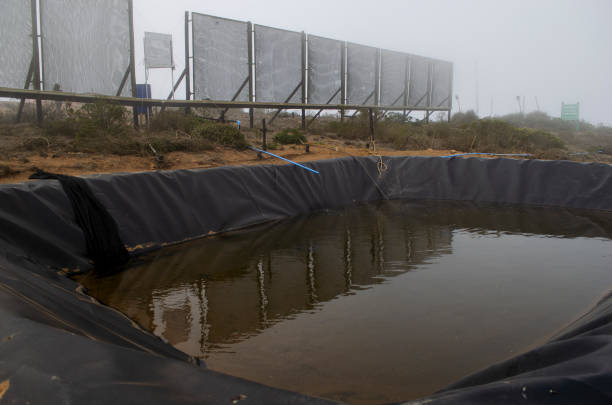
People who work in water innovation say all these breakthroughs only matter if they’re shared more widely and adapted to local needs. Some engineers are focusing on cheap fog catchers built from simple mesh and bamboo. Up in Eritrea and northern Kenya, communities are dusting off older tricks—like dew ponds and rock condensation—mixing them with modern materials to save costs. NGOs are trying to make high-tech designs run on solar, hoping to bring prices down even more.
So, the real question isn’t whether these machines can work. They do. The problem is whether they work for everyone. If we don’t build these tools with fairness in mind, water-harvesting could just reinforce the same old divide—some people drink comfortably while everyone else waits for the next truck. Like one environmentalist in Morocco said, “We may end up harvesting clouds for the rich while the poor still queue for wells.” Water security in the future isn’t just about inventing new things. It’s about making sure everyone gets a sip.
The Future of Water Sovereignty
Water harvesting isn't just about getting water-it's about taking control. For years, Africa has relied on massive dams and imported desalination plants, which means water access is tangled up with outside money and foreign tech. Now, air-to-water systems are flipping the script. They’re smaller, scattered, and, honestly, a lot more in the hands of local people. But if this shift is really going to work, countries have to do more than just buy gadgets off the shelf. They need to build them at home.
Namibia and Morocco are already making moves. Namibia’s Desert Research Foundation is teaming up with local startups to design atmospheric water generators from stuff they can actually find nearby—no need to import everything. Then you have Morocco, where the Dar Si Hmad project started as a humble fog-harvesting setup and has grown into one of the world’s biggest. It's mainly operated by local women, who learned to maintain the system and even extend it. In Egypt, engineers are getting creative with 3D-printed water collectors; they're tweaking them for the heat of the desert. It's all part of a bigger push to stand on their own scientifically.

But this is about more than just machines. These projects are changing how people think about water, responsibility, and even who they are. Instead of just hoping for rain or waiting for help from abroad, communities are grabbing hold of their own water future."Drinking the air" isn't just a neat trick; it is a statement. It's about resilience, about refusing to let scarcity define them.
Of course, scaling up is hard. It’s one thing to build a few prototypes; it’s another to make this normal everywhere. Governments need to weave water-harvesting into national plans, back local manufacturing, and get young people trained in environmental engineering. If they pull it off, it’ll mean more green jobs and real climate resilience. If they don’t, well, it might just turn into another flashy project for the lucky few.
Still, there’s something almost magical about it, after generations of praying for rain, African inventors are figuring out how to call it down from the sky themselves. As the climate shifts and redraws the map of where people can actually live, those who master air, sun, and fog could end up not just scraping by, but actually thriving. From Namibia’s deserts to Morocco’s mountains, Africa is showing once again that scarcity doesn’t have to be a dead end. Sometimes, it’s where the best ideas are born.
You may also like...
Wall Street's AI Stock Woes Trigger Asian Market Sell-Off
Global stock markets, particularly in Asia and the U.S., tumbled on Friday, driven by widespread concerns over the high ...
Tech Giant Google Slapped with $40M Fine in South Africa Anti-Competition Probe

Google has committed $40 million to bolster South Africa's struggling news media, following a Competition Commission inq...
Jumia's Troubled Q3: Layoffs Hit Workforce Amid Revenue Gains

African eCommerce giant Jumia reports robust Q3 2025 revenue growth of 25% year-over-year, alongside a 7% workforce redu...
Amazon's Brutal Cuts: Nearly 14,000 Jobs Eliminated, 700 in New York Alone

Amazon has cut 660 corporate jobs in Manhattan, part of a larger round of layoffs affecting various departments. While i...
Anil Ambani Grilled: ED Summons Link to FEMA Inquiry Over Jaipur–Reengus Highway Project

Anil Ambani has clarified that ED summons pertain to a 15-year-old FEMA inquiry linked to the Jaipur–Reengus Highway pro...
NNPP Federal Lawmakers Quash Defection Rumors
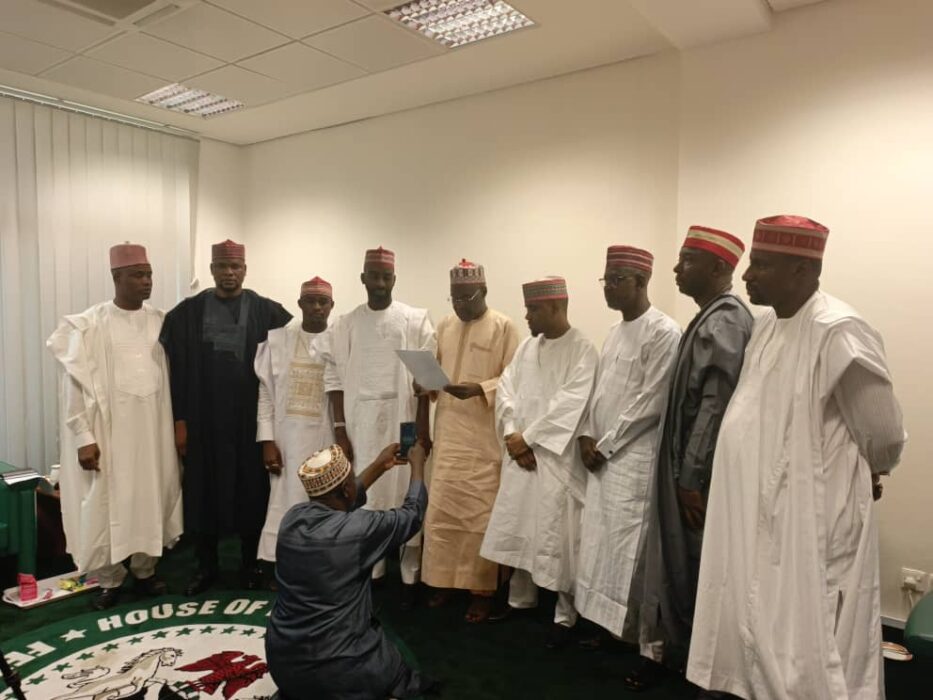
NNPP members in the House of Representatives have strongly denied widespread defection rumors, reaffirming their unwaver...
PDP BoT Declares Convention On Despite Challenges

The Peoples Democratic Party's national convention in Oyo State is confirmed to proceed this Saturday, as announced by B...
Sara Sharif Murder: Gruesome Details and Missed Opportunities Spark Outrage

Ten-year-old Sara Sharif was brutally tortured and murdered by her father and stepmother, a tragedy brought to light by ...
